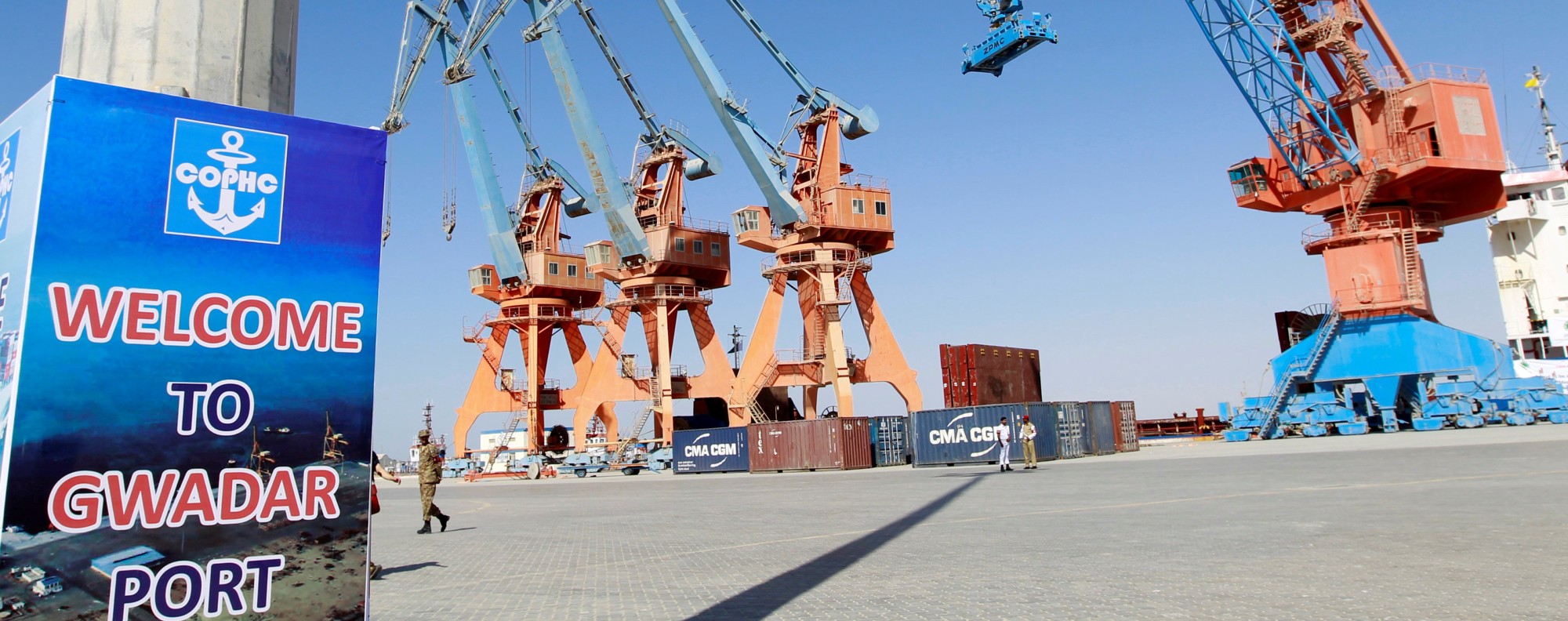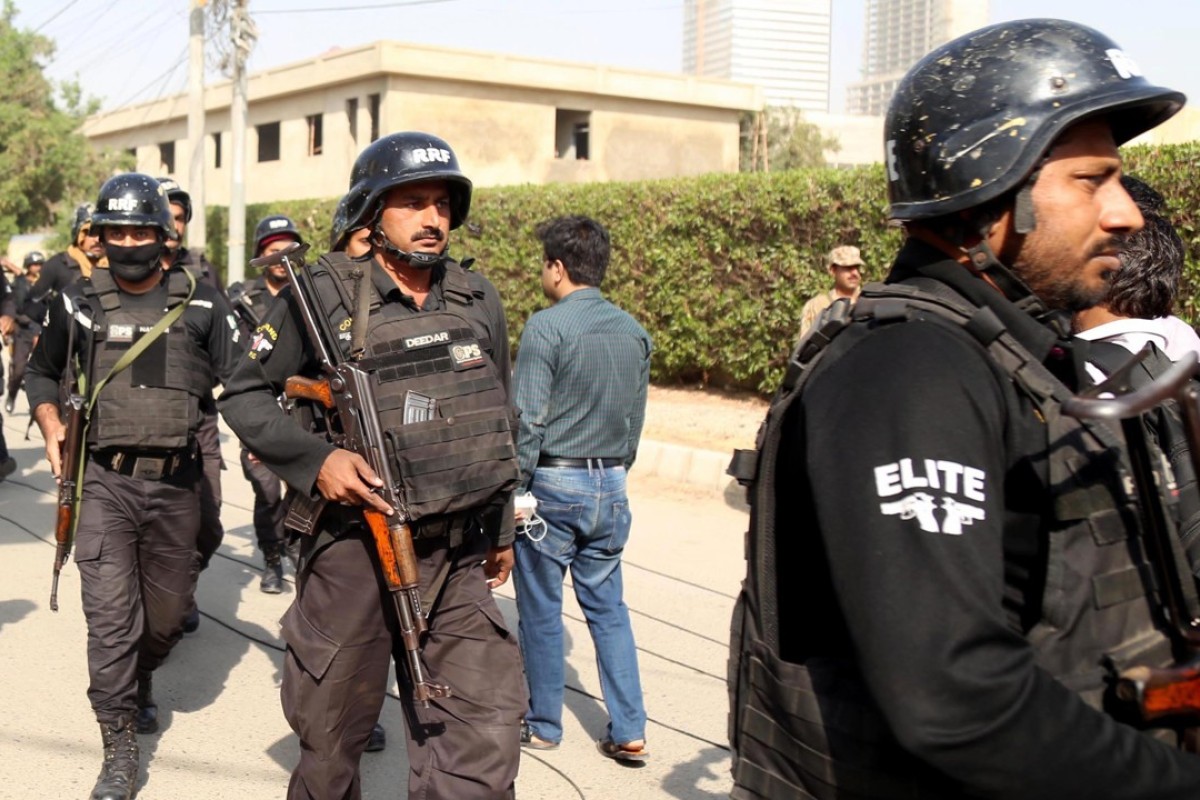Collegial Relations in Fair Weather and Foul
"[The equipment installed on the ships will be Chinese, demonstrating aptly China's] progress in the industry and the Pakistani Navy's confidence in our technology and capability."
"I believe the reason they chose our type is that ours is one of the few that can carry out all of the air-defence, anti-ship and anti-submarine tasks."
"The service of Type 054APs will double the combat power of the Pakistani Navy's surface fleet."
Cao Weidong, researcher, PLA Naval Military Studies Research Institute, China
 |
| The BLA [Baloch Liberation Army] has deemed China an “oppressor” and alleges that the country is taking benefit of Balochistan’s geostrategic location for its own benefit. Photo: Reuters |
“The Chinese side has offered and will continue to offer its best through assistance, trade, investment and all-around practical cooperation to support and boost Pakistan’s economic and social development."
"[Pakistan and China are] all-weather strategic partners [and both have been] in close communication with each other on the relevant cooperation."
Chinese foreign ministry spokesman Lu Kang
 |
| Photo: Courtesy China Daily |
Now that the U.S. has declared through a Trumpian announcement that it will no longer pay billions to sponsor Pakistan's military and secret service, all is not lost for Pakistan for here is China, filling the financial gap with military projects ostensibly representing part of China's Belt and Road Initiative representing a whopping $1 trillion infrastructure development chain to stretch across 70 countries, financed and built, courtesy of Beijing.
The Belt and Road project is, of course an economic initiative, nothing more, nothing less. Unless of course it is also more or less partly military in nature, as most things China is interested in tend to be at their core. Some transparency has evolved, however, linking economics and the military vision with China tying a Belt and Road project to its very own military ambitions, which just happen to tie in with Pakistan's. Not all in Pakistan are delighted, however, and revolt at the presence of China.
 |
| Pakistani security personnel take position near the compound of the Chinese consulate in Karachi, after it was stormed in an attack claimed by the Baloch Liberation Army. Photo: EPA |
An estimated $62-billion in projects have been planned for the China-Pakistan Economic Corridor, it seems, with China lending funding to Pakistan in its time of dire financial need and nothing quite binds as does the transfer of money. A seaport built by China and a special economic zone in the town of Gwadar in Pakistan while rooted in trade allowing China a swifter route to the Arabian Sea, also gifts Beijing with a strategic game against India and the U.S. should tensions increase toward the possibility of naval blockades.
Furthermore, China's Beidou satellite navigation system in direct competition with the American military-operated GPS network is in play with Pakistan representing the only country granted access to the system's military service to allow more precise guidance for missiles, ships and aircraft. If nothing else, this cooperation between the two will consolidate the final cleaving of Pakistan's reliance on American funding.
The two countries' shared borders alongside a history of cooperation where a hedge against India also is realized, Pakistan represents a large market for arms sales and trade, alongside a wealth of natural resources to be exploited, an enterprise beloved of resource-hungry China. Foreign investment in Pakistan has been scarce resulting from terrorist attacks and corruption, so China's inauguration of Belt and Road was welcomed back in 2013.
Pakistan's central bank revealed an overall debt and liability burden of close to $215-billion held externally and Pakistan currently owes China $23-billion with close to half of the projects in completed state. A larger figure of $62-billion under the plan for Belt and Road expansion, however, is what Pakistan will end up owing China, inextricably linking the two; one a dependent, the other in charge. A special economic zone is to be created to produce new fighter jets in Pakistan.
Factories in the country will be set to produce navigation systems, radar systems and onboard weapons, expanding the two countries' cooperation on the JF-17 fighter jet assembled at the military-operated Kamra Aeronautical Complex in Punjab Province, allowing Pakistan an alternative to the U.S.built F-16 fighters increasingly more difficult to obtain in reflection of the fraying relations with Washington.
 |
| Pakistani President Mamnoon Hussain, Chinese President Xi Jinping, and then-Pakistani Prime Minister Nawaz Sharif, at Nur Khan air base in Islamabad on April 20, 2015. |

<< Home